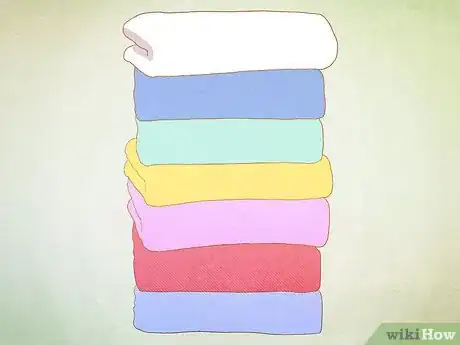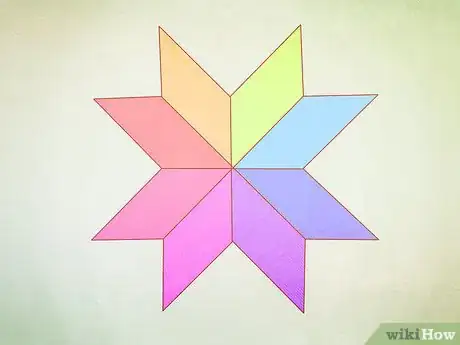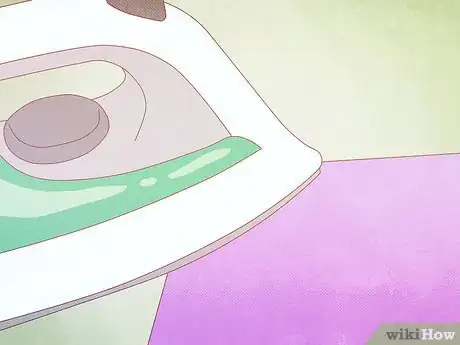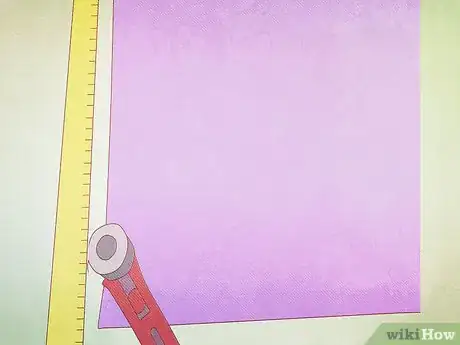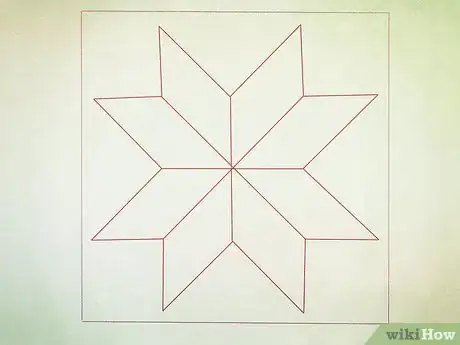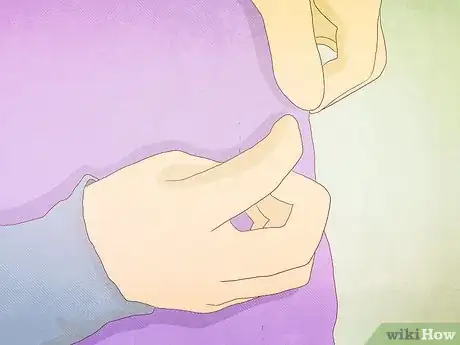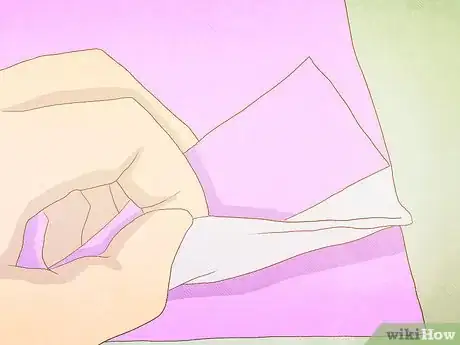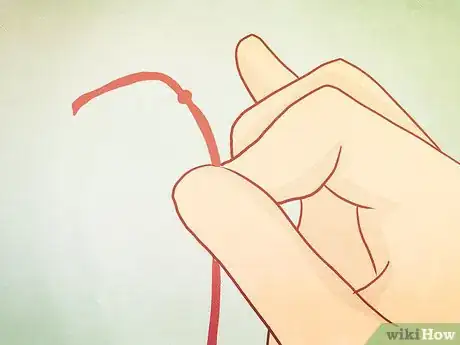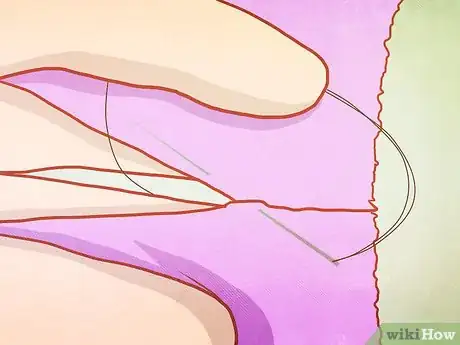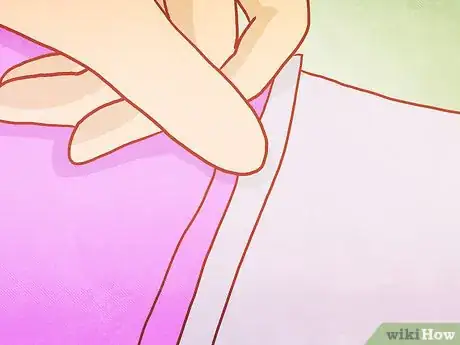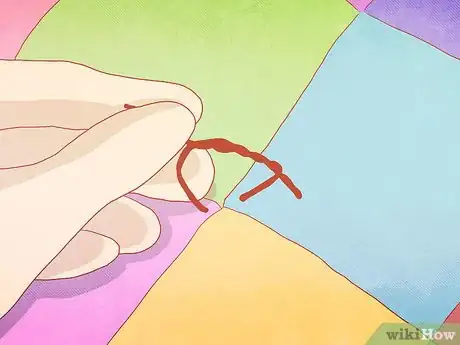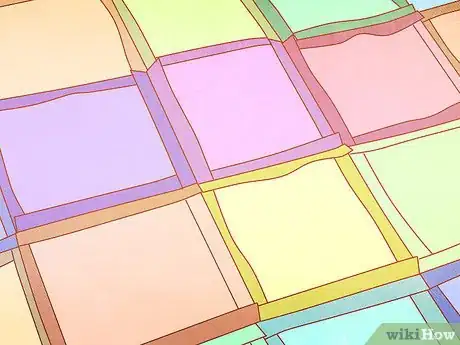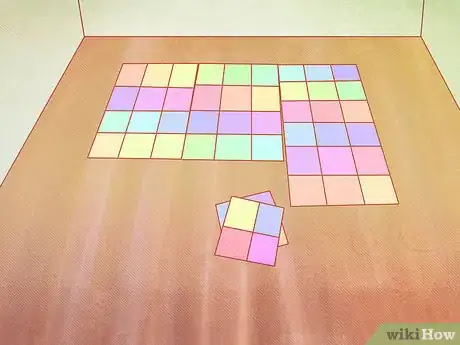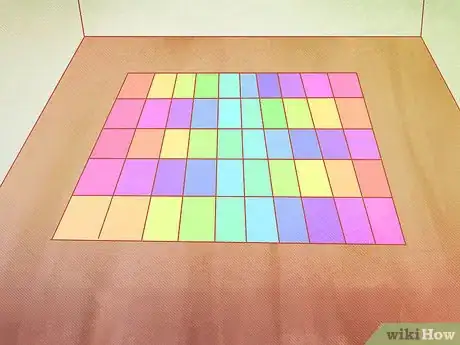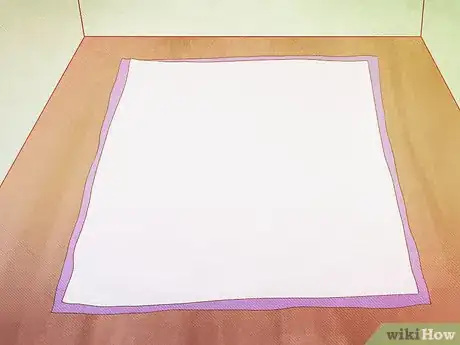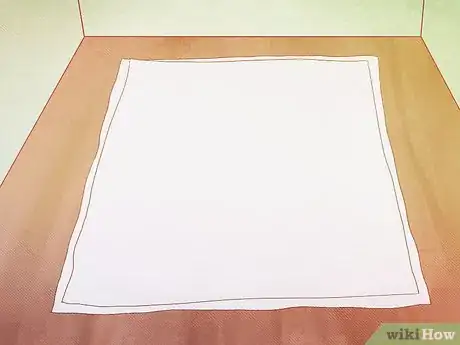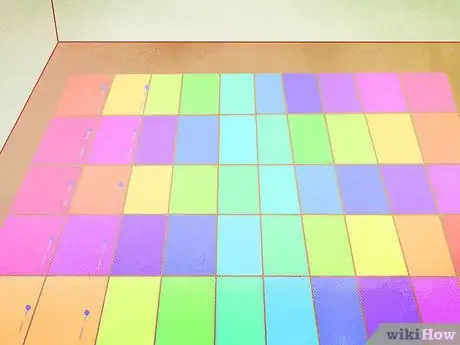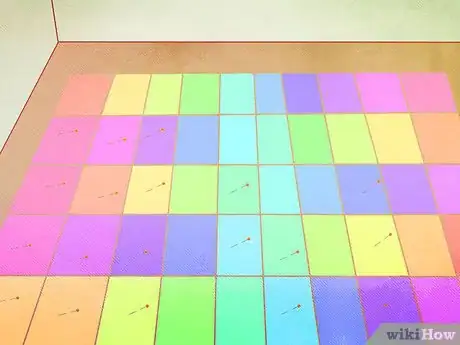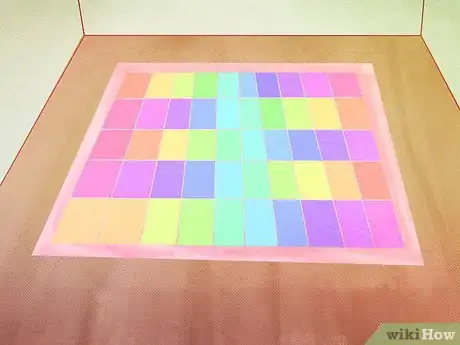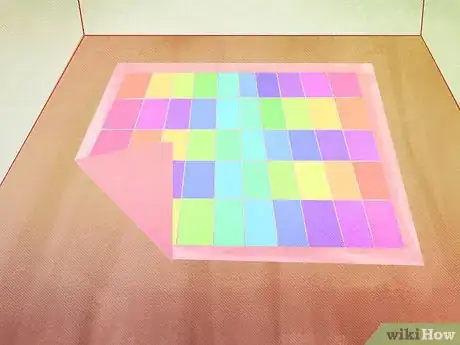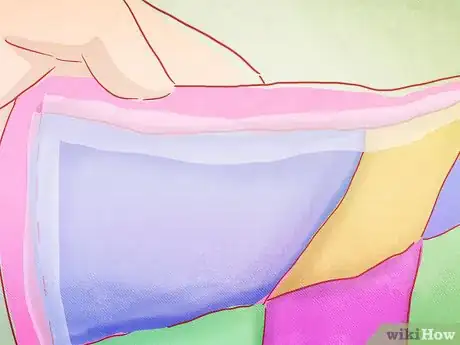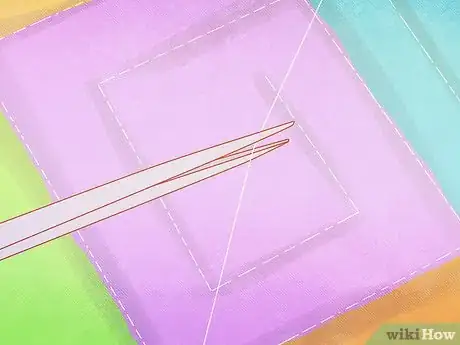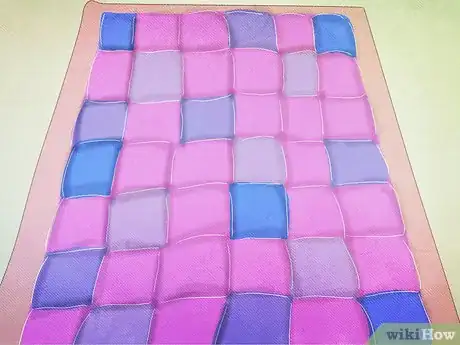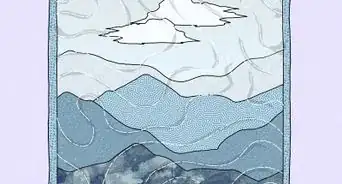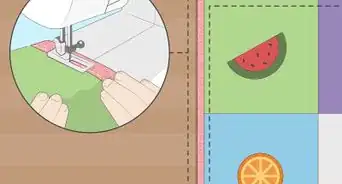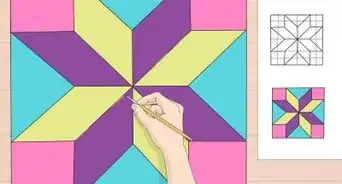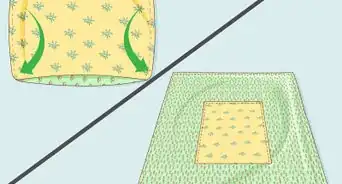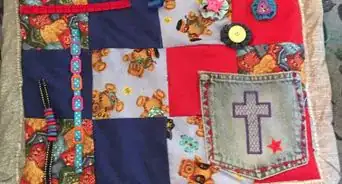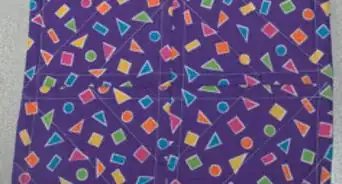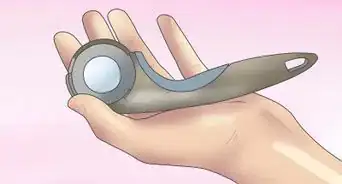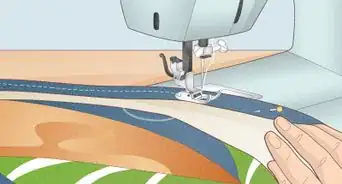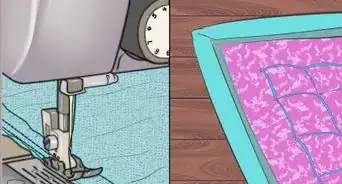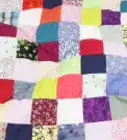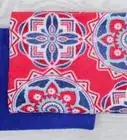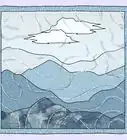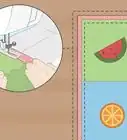This article was co-authored by Lois Wade. Lois Wade has 45 years of experience in crafts including sewing, crochet, needlepoint, cross-stitch, drawing, and paper crafts. She has been contributing to craft articles on wikiHow since 2007.
wikiHow marks an article as reader-approved once it receives enough positive feedback. In this case, 88% of readers who voted found the article helpful, earning it our reader-approved status.
This article has been viewed 247,812 times.
Quilting is a useful art/craft that spans generations, fads, ages and cultures to bring people together. There's nothing quite as satisfying as displaying your labor of love either as a bedspread or as a wall hanging.
Here are a few pointers to help you begin this rewarding activity.
Steps
Construction
-
1Choose the materials you will work with. Different fabrics have unique properties which determine how they will get used. Generally speaking, Cotton fabric is best for hand quilting, although other fabrics are sometimes used.
-
2Choose the block pattern(s) you will use. Quilts are created section by section (called "blocks"). You do not need to carry a blanket around with you... only the materials for making one block, or one fraction, of the blanket at a time.Advertisement
-
3Launder and iron the fabrics.
-
4Measure and cut out your pattern pieces. Most quilt patterns will give you a list of needed amounts of fabric yardage to complete a quilt in various common bed sizes... single, full, queen, king, etc.
-
5Keep a diagram of your chosen block pattern handy. Some patterns will specify the best order of assembly for the block pieces... follow the pattern suggestions, as they generally work best.
-
6Begin sewing.
-
7Line up the seam edges of your first two pieces of fabric with the "right" or printed, sides of fabric facing each other. Pin them, if need be.
-
8Thread a hand sewing needle with 20–40 inches (50.8–101.6 cm) of thread and tie a knot in one of the ends.
-
9Stitch the pieces of fabric together, leaving a 1⁄4 inch (0.6 cm) seam allowance and taking care to sew in a straight line. Tie off the end of the thread when finishing each seam.
-
10Press the seam allowances to one side. This will make them stronger than if you ironed them "open".
-
11Continue to sew consecutive block pieces together in the order suggested by the pattern instructions, pressing each seam open and flat, until you have completed a "block" of sewing.
-
12Set the block aside, and begin on the next block.
-
13Lay all completed blocks out in the pattern as a final check before joining them together. Generally, you will sew the blocks directly together or you will sew a lattice work of a contrasting color between the blocks. In either case, you will sew blocks together into long strips or rows and then sew the strips/rows together to make a finished quilt top.
Quilting
-
1Lay your quilt top face down on a flat surface.
-
2Lay a layer of batting atop the face down quilt.
-
3Lay your backing material atop the batting.
-
4Pin or baste the layers together, starting with a line down the center of each axis and then more basting lines parallel to the center line, spaced approximately 18 inches (45.7 cm) apart.
-
5Check for wrinkles or tucks and re-baste if necessary.
-
6Place your basted quilt on a frame to stretch it smoothly as you do the actual "quilting" or stitching of the layers together with small stitches.
-
7Quilt "in the ditch" along seam lines between colors of fabric, or do an "overall" quilting design which ignores the quilt design and simply stitches over the fabric in its own pattern. "Overall" quilting can complement the fabric prints... for example, a fabric with a floral print could be quilted with an overall design of flower pots and spades or gardening tools.
Finishing
Community Q&A
-
QuestionWhat kind of fabric should I use for the backing?
 Community AnswerAssuming you've used cotton fabric for the front, use cotton fabric for the backing. You can buy it in 90" widths, which means you won't need need seams, as long as you're making queen size or smaller quilts and you'll only need one seam for a king size quilt. Search for "quilt backing fabric" and you'll find a number of companies which sell this material in many colors.
Community AnswerAssuming you've used cotton fabric for the front, use cotton fabric for the backing. You can buy it in 90" widths, which means you won't need need seams, as long as you're making queen size or smaller quilts and you'll only need one seam for a king size quilt. Search for "quilt backing fabric" and you'll find a number of companies which sell this material in many colors. -
QuestionWhat stitch do you use to construct the quilt?
 Community AnswerThe straight stitch, at 12 stitches to the inch, is best for sewing the quilt together. There are hundreds of quilting stitches, but the most common is the straight stitch.
Community AnswerThe straight stitch, at 12 stitches to the inch, is best for sewing the quilt together. There are hundreds of quilting stitches, but the most common is the straight stitch. -
QuestionHow do I hand-sew a pattern to form letters or initials on a quilt?
 Community AnswerCut out the shape you want, place it on the quilt, then sew close to the edges of it.
Community AnswerCut out the shape you want, place it on the quilt, then sew close to the edges of it.
Things You'll Need
- Fabric, preferably 100% cotton
- Scissors
- Needle
- Quilting thread (somewhat heavier than most threads)
- Quilt pattern.
- Quilting Frame (optional)
